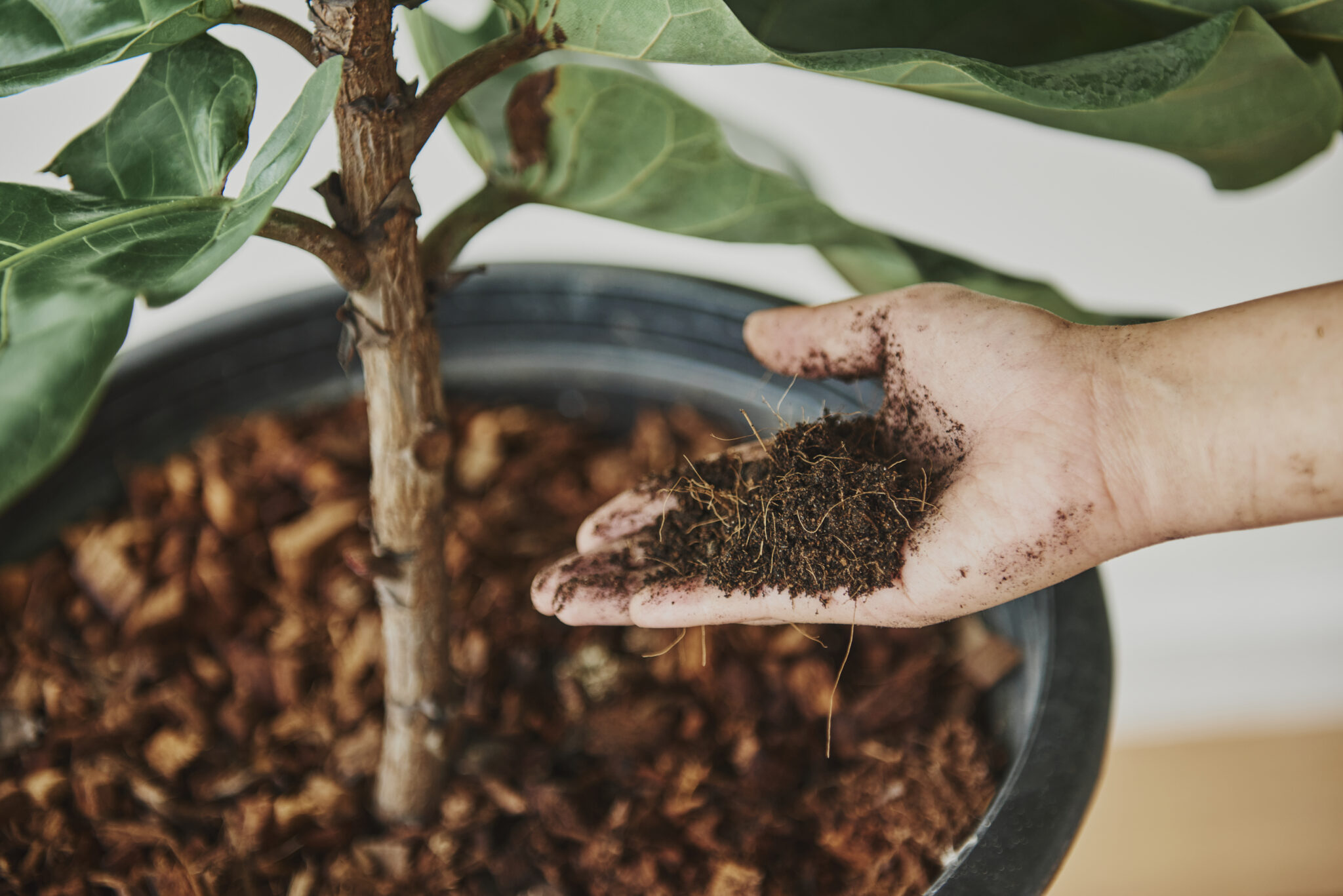It is quite normal to watch plants wilting, and upset after they have been repotted. You might use all the right ways of repotting, but you find your plant stubborn and wilting. This is the reason most people are scared of repotting because they believe that it will kill their plants. But it is not true. A stressed plant can be revived.
But first, you must learn the reasons why a plant starts wilting after repotting. If you know the reasons, you might avoid them in your next repotting session.
How To Revive a Stressed Plant?
The following steps will help you revive the plant.
Assess The Damage
First, you must check whether the plant is only wilted or is dying.
A wilted plant may be the result of a small planter, underwatering, or overwatering. Repotting also causes stunted growth sometimes. The plant stops growing.
Remember, that after repotting, the plants will take a few days to look happy and healthy, but if the leaves start getting yellow and the stems are not so green anymore, you must check whether the plant is dying.
Once you have identified the situation and the reason, it is time to start reviving it.
Remove The Dead Foliage
If your plant is covered with dead leaves, it is time to remove them. Dead leaves can’t be revived, so removing them won’t affect the plant. Also, if you see any dead branches, remove them too. Scratch the stem with a nail and if it is not green, it is dead.
When you are wounded, your body focuses on treating the wound. Similarly, when a plant is suffering, it will devote its energy to the damaged or dying parts to revive them. Removing them will help it focus on its overall health.
Get It Sunlight
If it is sunny weather, place your plant in sunlight as some plants need more sunlight than others. More sunlight means more photosynthesis and more nutrition. So, if your plant was kept in a shadowy place, change its location.
Use Planters with Drainage Holes
Always use planters with drainage holes. If you see that the soil is moist, and you are watering enough, still the plant is drying, it might be due to rotting roots as water doesn’t get drained. So, use planters with drainage holes. If you have indoor plants, the remedy is to use pot pans.
Ensure Enough Water
If you see brown leaves, stems, falling leaves, drying leaves, swollen leaves and stems, and wilting plants, the reason might be overwatering or underwatering. When you plant a small plant in a large planter, it takes up lots of soil and thus requires more water, resulting in overwatering, and dense soil, which hinders oxygen supply to the roots. Similarly, when you plant a tree in a small planter, no matter how much water you give it, it is never enough. So, choosing the right-sized planter and understanding your plant’s water needs are required.
Keep them in sunlight to get rid of excess moisture.
Don’t Shock the Plant
When you change your potting mix, ensure that you don’t change it entirely. Just like kids get upset and sad in a new environment, plants also get sad and stressed when planted in an entirely new atmosphere. So, plant them in a suitable environment.
These measures can revive the plant, but sometimes, it is harder than expected. Not all plants can be revived though. It is advised that you be careful while repotting.
Why Do Plants Die or Get Stressed After Repotting?
There are several reasons which are discussed here so you can save your plant.
Root Damage
This is the most prominent cause. Plants get their food from the roots and if they get damaged, eventually the plant will suffer the consequences.
During repotting, you might end up breaking or damaging roots which cause the plant to wilt.
The Changed Soil
Yes, use the same type of soil for repotting else the environmental change might cause wilting.
Lack Of Proper Sunlight
Every plant has different needs. A cactus won’t mind an entire day in the sun, but a rose surely will. So, learn about your plants’ sunlight needs and allow them to enjoy enough sunlight.
Overfertilization or lack Of Nutrients
You might end up burning your plant with overfertilization if you are too generous with fertilizers. A lack of them will also end up in a dying plant. A balance is necessary.
Pests
If you are planting plants in ground soil and your plants are stressed, pests might be the reason. They live in the soil and out in the open and attack growing plants. It further increases the stress which can kill the plant.
Conclusion
Repotting can be successful if you follow the simple rules, but if your plant is stressed, you can revive it in the ways mentioned above. Sometimes it might take weeks and months to revive them. Be patient.
